Emergency planning for construction sites is crucial, as construction sites are one of the most high-risk workplaces anywhere in the world. The exposure of the workers to all sorts of dangerous elements – height, debris, hazardous materials, electrical equipment – all make it necessary for companies to ensure that the safety and health of their workers are attended to.
As it stands, construction sites already require a lot of safety precautions considering the nature of the job entailed in the location. What more if there is an actual emergency that inevitably puts the life of the people more at risk than normal? Various types of emergency situations can happen at a construction site, from malfunctioning equipment, workplace accidents, fire, or even natural disasters. Indeed, it can be said to some degree that the construction site is unlike any other workplace there is, and as such, only necessitates a unique set of guidelines for their emergency planning.
The Construction Site as a Shared Workplace
Mostly, the construction site takes on the characteristic of a shared workplace, such that no one person is limited to one particular activity at a time, at any given place. In the same construction room, for example, one may be dealing with the windows, while another works on the flooring. One may be taking care of the electrical wiring for the lights, while another may be checking on the exhaust vents. It is in the multiplicity of tasks in a confined space that makes construction sites equally productive and dangerous.
Because of this confinement in a finite amount of space – unfinished as it is, too – it is, therefore, is important that the points of entrance and exit must be clearly established. More than the regular entryways, however, it would be the emergency exits that must be made accessible for everyone at all times.
According to the Guidance Note of the Government of Western Australia for emergency evacuations at the workplace, the building manager or site manager should have control of the access to and egress from a workplace. What this means is that, ideally, there should be someone in charge over at the construction site, someone who could lead the people out to safety.
The same document also notes that this site manager is to be regarded as the “responsible person,” not only for ensuring that everyone is unharmed by way of safe evacuation, but also that they will all be properly trained and knowledgeable on what to do during an emergency situation. Including, but not limited to, in the checklist of general issues to be considered for workplaces such as construction sites are the following items:
- The evacuation procedures are jointly established and take into account all tenants, sub-contractors, workers and visitors in each section on the site.
- Communication and alerting systems have been established.
- The procedures cover all people who may be on the site, including visitors, customers, tradespeople and those who cannot speak English, and activities that might affect the evacuation such as repair work.
- Alarms are regularly maintained and tested
- Emergency lighting is regularly checked.
Emergency Planning: Things to Remember
Because of the unique characteristic of a construction site, such that the workplace is technically an on-going work in progress, it is important that threats of an emergency, even at its earliest stage, be contained and responded to as soon as possible. Fire, for example, could occur at any time, especially where electrical work is being conducted, or where there is the presence of combustible materials. Because of the high probability of it happening, the people nearest the location of the incident should know how to deal with it to the best of their ability.
The SA Building & Civil Construction Industry Common Safety Induction Course Pocket Book stipulates under chapter 8.6, thus:
Under Section 2.6.3 (1) of the regulations, appropriate fire-fighting facilities and where necessary, fire-protection, must be available by the workplace. In determining the appropriateness of the facilities, the nature of the hazards at the workplace must be assessed and maintained in an effective condition by a competent person.
Portable fire extinguishers must be provided and installed at a workplace in accordance with AS 2444, Portable Fire Extinguishers – Selection and Location.
Aside from water fire extinguishers, sites should also be ready for carbon dioxide fire extinguishers, or foam or power types. Should they be unable to put out the fire, and with the level of threat escalating, they should have the capacity to get themselves to safety, along with everybody else.
People in the site must also be given first-aid training as part of the the emergency planning initiatives. It must be reiterated, however, that assistance must only be provided according to one’s capabilities. If a colleague is injured and cannot be moved, they should not be moved unless it is utterly imperative that you do so, lest they become more exposed to danger. Otherwise, your safest bet would be to report to someone more capable of providing the proper assistance.
That said, it is also prescribed for a construction site to have the emergency plan posted in a prominent location, where everyone can see it. It should ideally include available exit points on the specific floor, as well as local emergency telephone numbers.
As with any type of emergency, it can be expected that there will be those who will be rattled or will fall in a state of panic.This is where emergency planning comes in. What is imperative is that they have been properly trained for the event already and that they will be able to access this training even with a simple reminder of the company’s emergency plan, such as the poster displayed on the wall.
If you have any questions, please contact us.
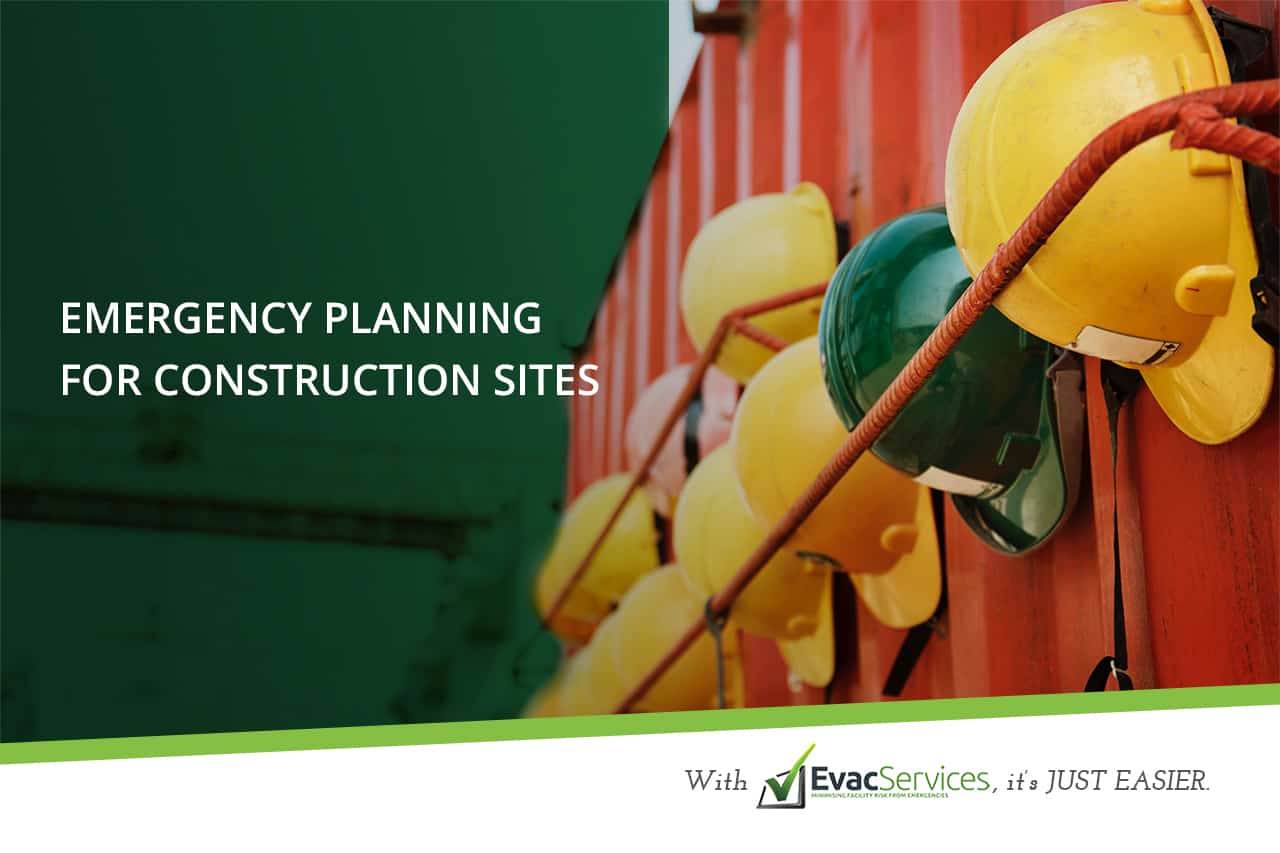


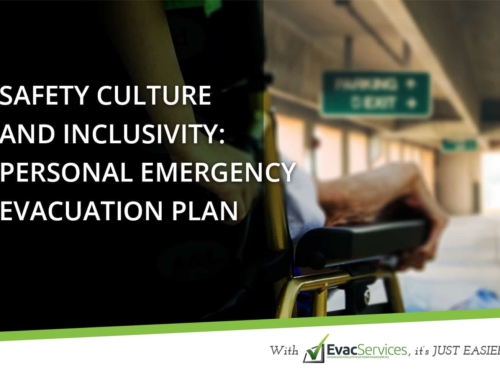
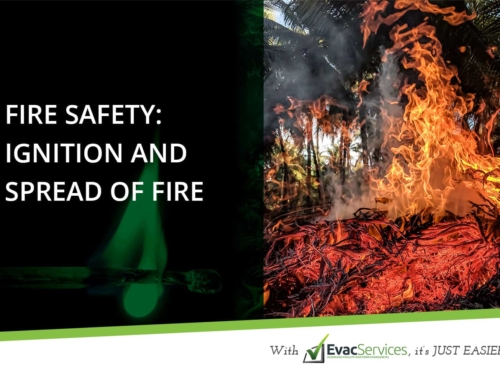
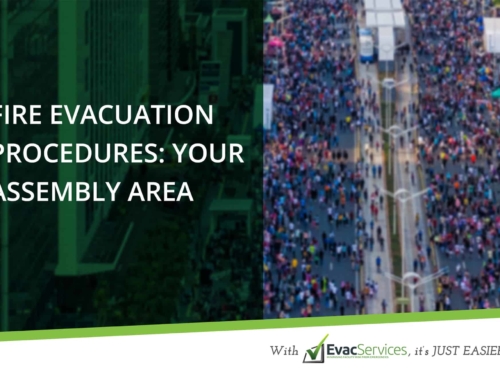
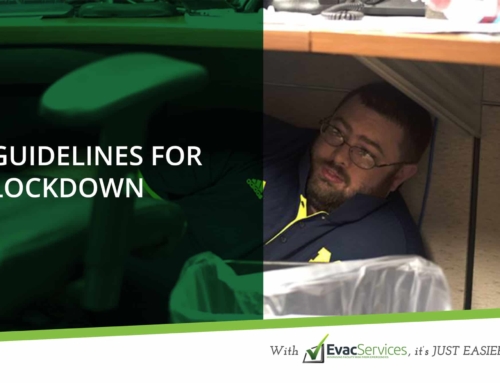
Leave A Comment